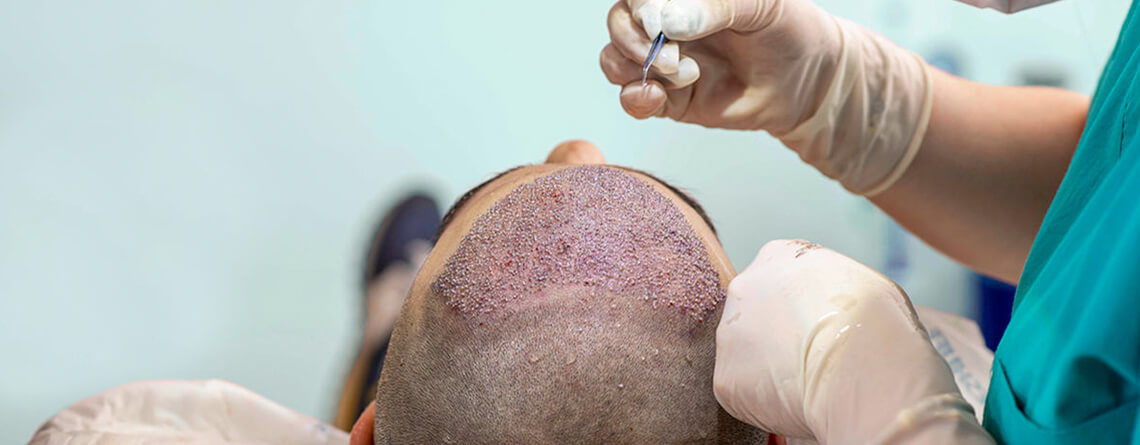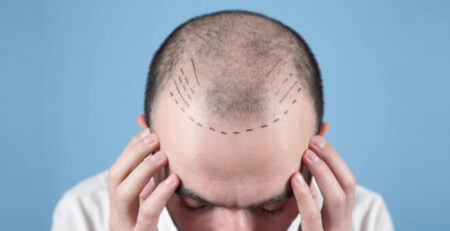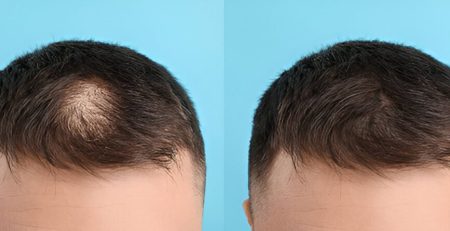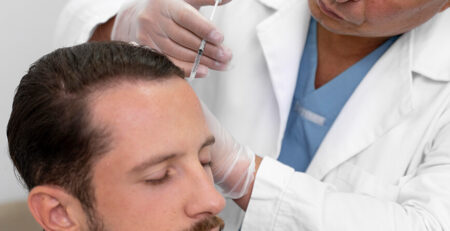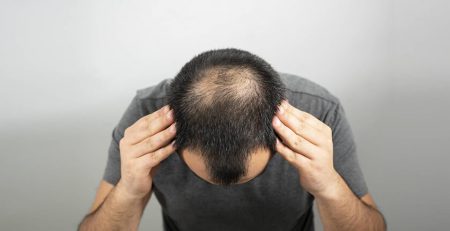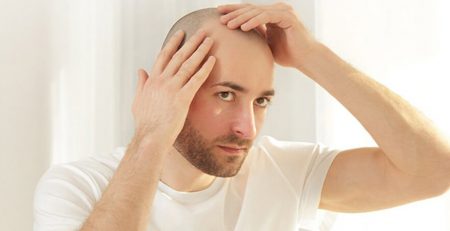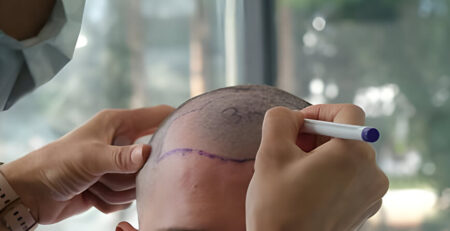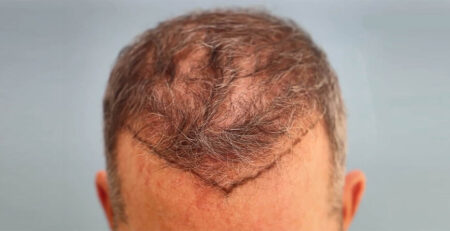What is the Success Rate of Hair Transplants?
Hair transplant surgery has advanced significantly in recent years. Technological advancements in the procedure’s execution have made it safer, more productive, and more effective.
However, one of the most frequently asked questions among patients is, “How effective are hair transplants?”
Well, first, let us know what a hair plantation is!
What is Hair Transplant?
Hair transplantation is a surgical procedure for men and women experiencing hair loss. The process entails transplanting hair follicles from one part of the head, known as the donor site, to the bald or thinning area, known as the recipient area.
Hair Transplant Progress Timeline
The progress is seen 3-6 months after the procedure. Not only the hair count but also the hair texture will improve with time. The hair growth might be irregular in the initial days, and the texture might also be coarse. In addition to this, the hair colour might also seem different.
How Effective Are Hair Transplants?
Graft survival rates after a hair transplant range between 90 and 95% essentially meaning that hair transferred from the donor site into the recipient area should stay healthy.
Patient satisfaction levels are used to calculate hair transplant success rates. When evaluating hair transplant success rates, remember that end results can take a while to appear. Approximately 90% of the transplanted hair will fall out during the ‘shedding phase’ following your surgery. However, this does not imply that the process was a failure. Rather, this is a natural and temporary reaction to the surgery, and the hair will gradually recover and re-grow over time. The final results of a hair transplant usually take around 12 months to become obvious. However, in some cases, it can take up to 18 months.
Factors that Can Affect the Success Rate of a Hair Transplant
The first step toward a successful hair transplant surgery is to select a skilled and experienced surgeon. The surgeon must also be backed by a competent medical team that employs cutting-edge surgical technology. This is why you must exercise caution when selecting a hair transplant clinic. Hair transplant success rates are affected by a variety of factors, including:
Research
Lists serve as jumping-off points for further investigation. Don’t just pull a name out of a hat. Do not be swayed by online advertisements, commercials, or the fact that it is the first thing that springs to mind when you search for a hair transplant.
Selecting a Hair Transplant Method
Hair transplantation surgery is performed using a variety of techniques. FUE (Follicular Unit Extraction) is widely regarded as the most effective technique due to its minimally invasive nature and the absence of visible scarring. FUE success rates are also generally very high for these reasons. Also, DHI (Direct Hair Implantation) and FUT (Follicular Unit Transplantation) are effective and have high success rates.
Hair Type
Your hair’s type, shape, and characteristics may also impact how successful a hair transplant procedure is. For anyone with thick, curly hair, greater coverage may be possible with a fewer number of grafts transplanted from the donor site. This is not to say those with thin hair cannot have a successful transplant. What constitutes a successful procedure, on the other hand, varies depending on the type of hair you have.
Picking a Facility and Doctor
The key to ensuring a successful hair transplant is to choose a doctor who provides high-quality treatment at a reasonable price. Aside from technological advancements, hair transplantation surgery must still be performed by a highly certified, skilled, and experienced practitioner to be successful. Choosing a low-cost, inexperienced physician reduces the likelihood of a successful transplant and increases the risk of harming existing hair.
Selecting a reputable and experienced professional has an impact on more than just the success or failure of a hair restoration procedure.
After-Treatment Care
The degree to which post-operative instructions are followed may also have an impact on hair transplant success rates. Following treatment, a few essential steps must be taken to influence the volume and density of hair regrowth. While post-operative hair transplant care is relatively simple, knowing what to expect can help you decide which post-operative symptoms are natural and which are the reason for worry.
Supplementary Therapies
In some cases, undergoing supplementary therapy and a transplant can help increase the success of a hair restoration surgery. Hair loss medications are another viable option that can be effective in some cases. Finasteride, which attempts to slow hair loss by lowering the amount of testosterone produced, and minoxidil, which aids in new hair growth, are two popular options.
If you are looking for a hair transplant in Delhi, Med Esthetiks is your stop. Dr Lokesh Handa and his crew strive to help his patient with the best possible natural-looking results.

